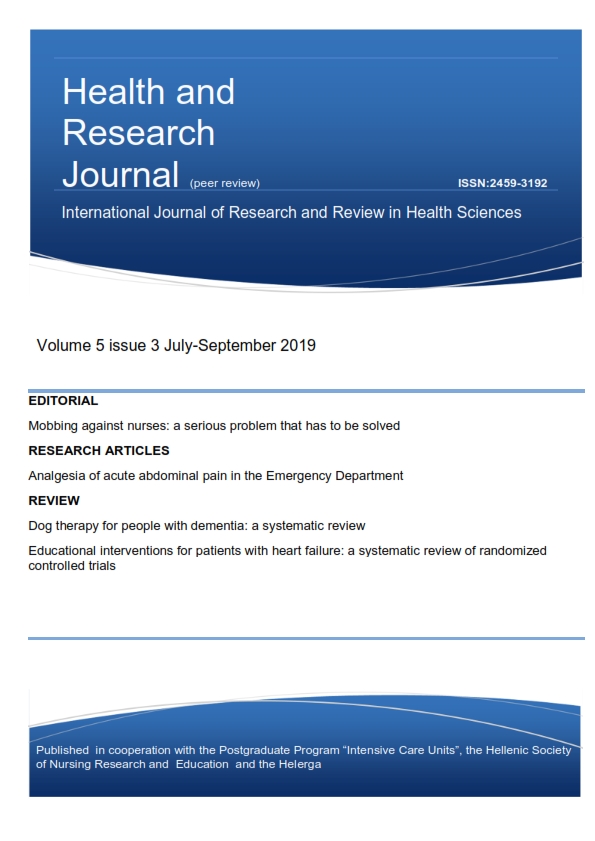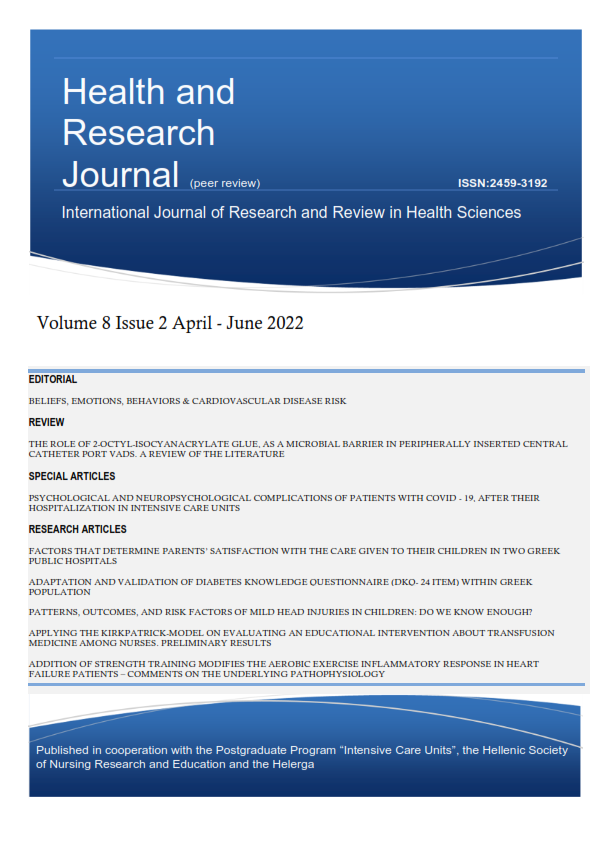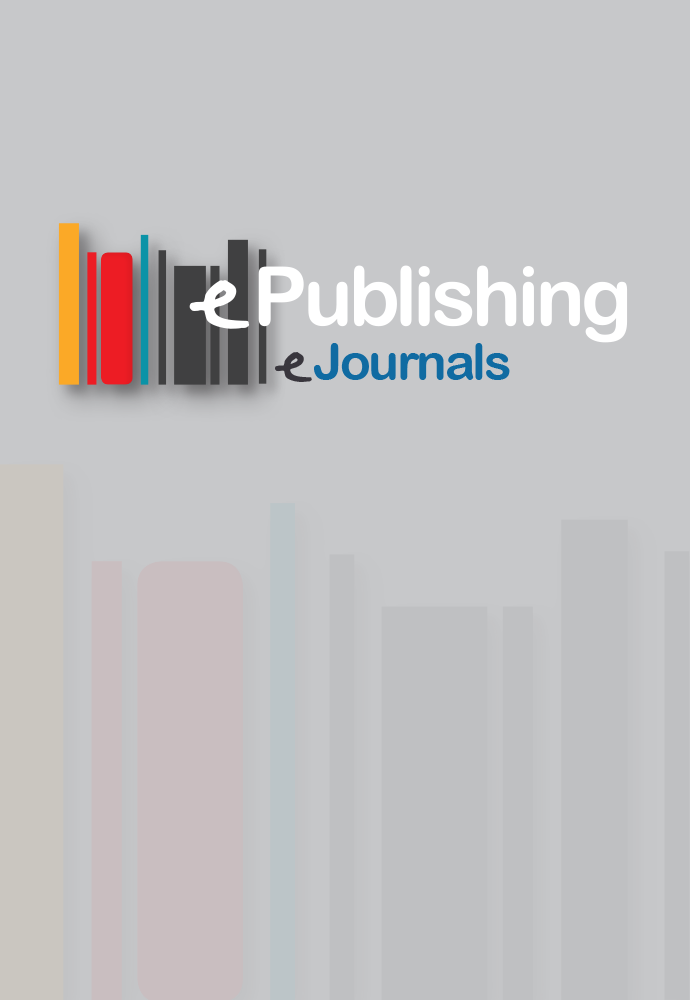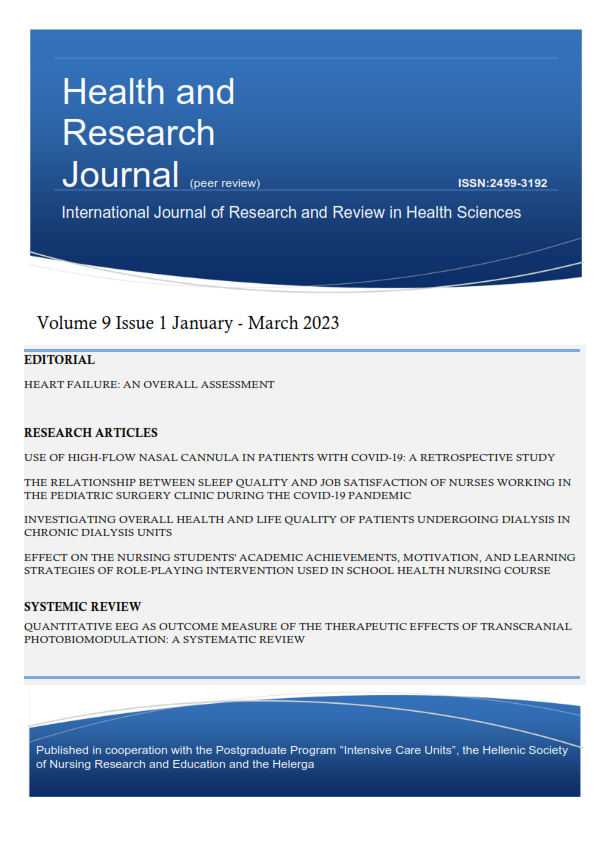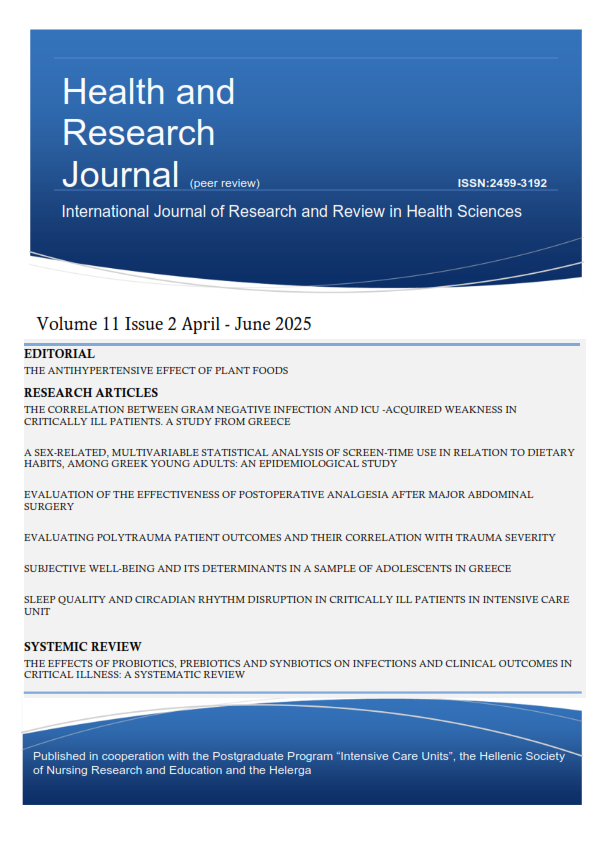Renal Biomarker combinations predict early CRRT need in a mixed ICU population
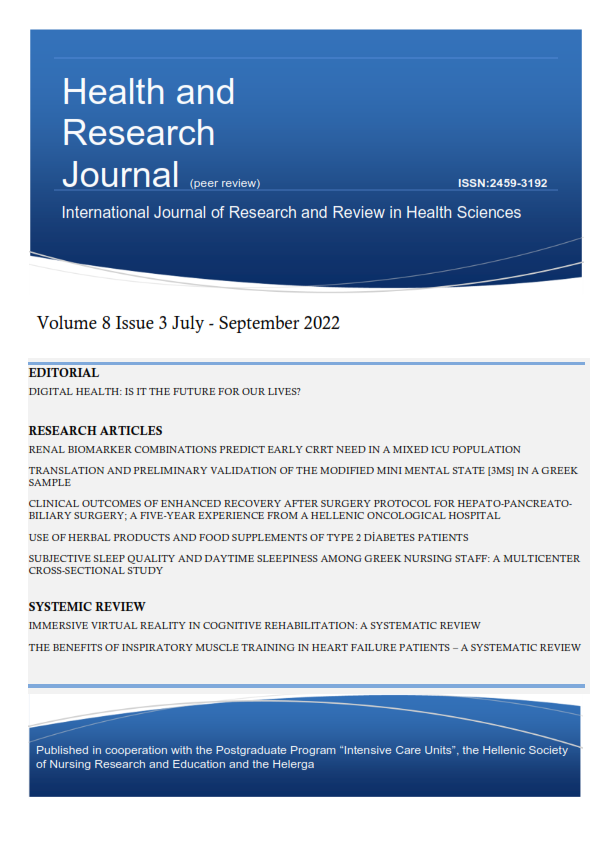
Abstract
Background: Acute kidney injury (AKI) is associated with markedly increased morbidity and mortality in critically ill patients and often necessitates the use of continuous renal replacement therapy (CRRT). The aim of the present study was to compare the predictive performance of urine neutrophil gelatinase (uNGAL), plasma cystatin C (pCysC), serum creatinine (sCr), and their combinations for CRRT requirement within the first 7 days post-admission in a general ICU.
Method and material: A total of 81 consecutive ICU patients were included in the analysis. AKI was defined according to AKIN criteria. Biomarkers’ predictive abilities were evaluated by the area under the receiver operating characteristics (AUC-ROC) curves.
Results and Conclusions: AKI occurred in 21% of patients and 14% of them needed CRRT 7 days post-admission. The two novel biomarkers, as well as sCr had moderate predictive abilities for CRRT requirement. The most efficient combinations (sCr+ uNGAL) and (sCr+uNGAL+pCysC) had better AUC-ROCs (0.845 and 0.84, respectively) than that of any individual biomarker (sCr, pCysC, uNGAL, with AUC-ROCs 0.81, 0.74 and 0.80, respectively). Renal biomarker combinations had better predictive characteristics for CRRT need within one week post admission as compared to each biomarker alone.
Article Details
- How to Cite
-
Panagidis, D., Angelopoulos, E., Tsiara, P., Nanas, S., Magira, E., & Kokkoris, S. (2022). Renal Biomarker combinations predict early CRRT need in a mixed ICU population. Health & Research Journal, 8(3), 166–178. https://doi.org/10.12681/healthresj.28926
- Section
- Original Articles
Copyright notice:
The journal "Health and Research Journal" reserves the rights for copyright of the content of the website and also the copyright of the articles published.
By virtue of their appearance in this journal, the articles are free to be used for non-commercial purposes. However, the articles cannot and must not be used in anyway, published elsewhere or modified without any reference to the author and the first publication of the article.



